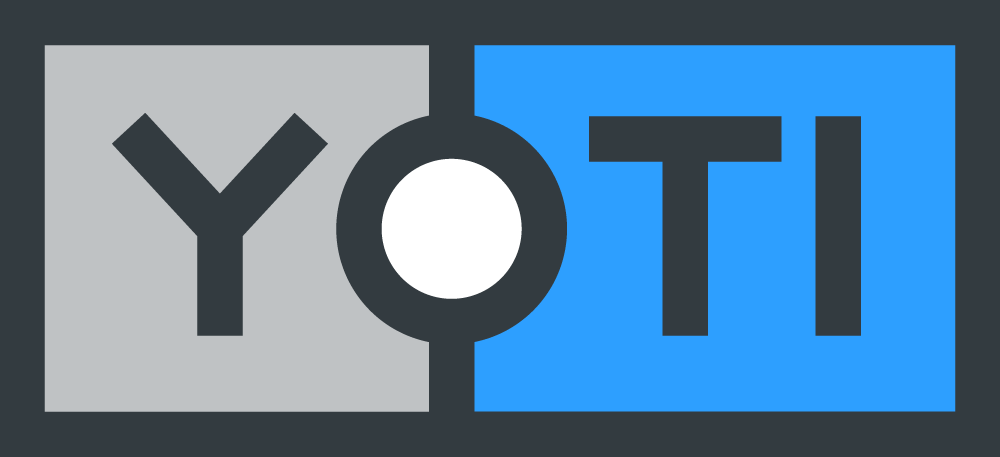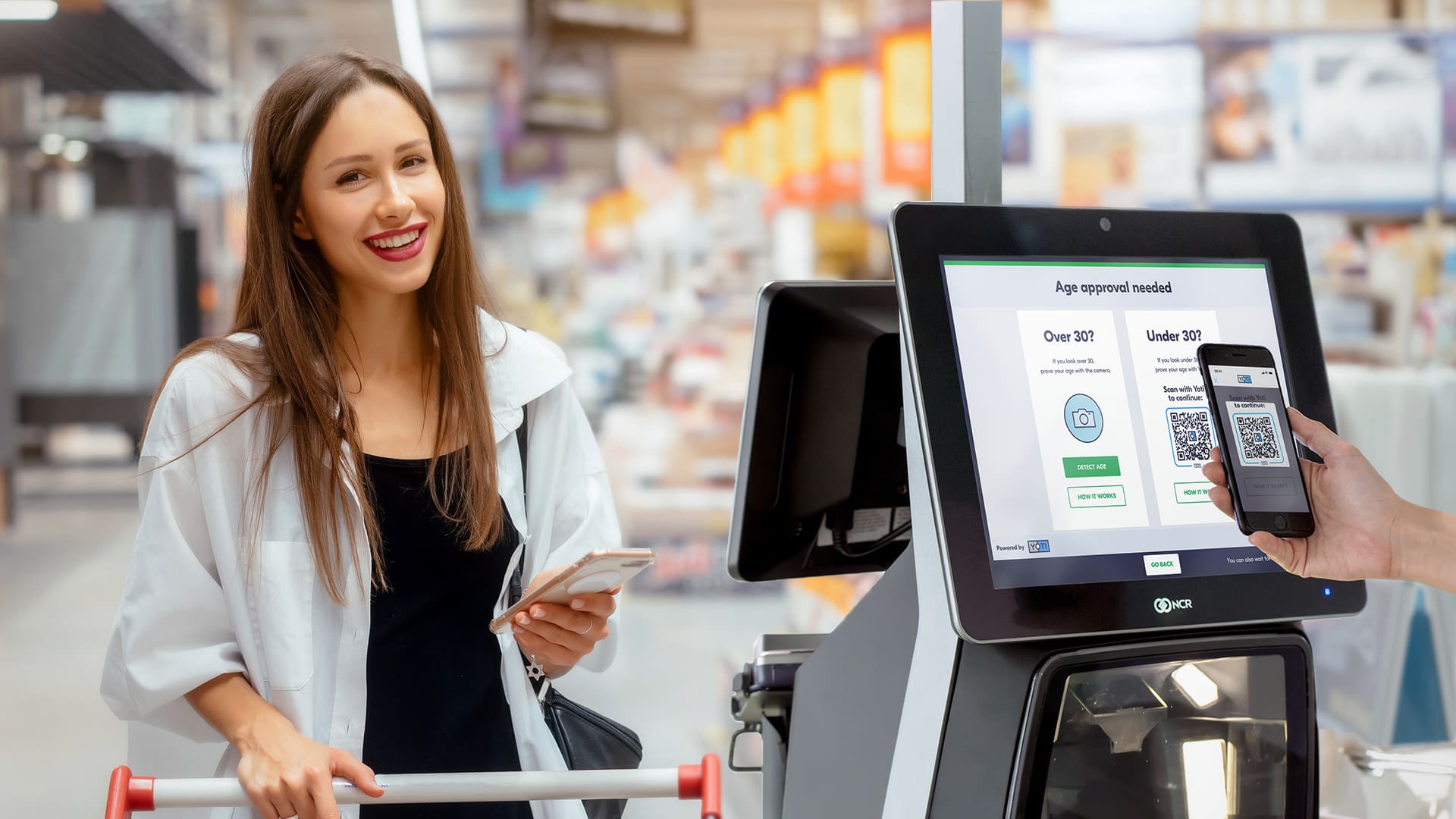Articles
How Yoti can help combat digital injection attacks
As use of online verification grows, there inevitably follows increasing temptation for bad actors to develop ways to exploit the process. As a provider of verification services we must show businesses, regulators and governments that we have robust anti-spoofing technology, checks and processes. An emerging but rapidly growing threat for verification services are digital injection attacks. What are injection attacks? Injection attacks are a form of attack on remote verification services. Direct attacks are the most common attempt to spoof systems. Examples of direct attacks are: Paper image 2D and 3D masks Screen image Video imagery Direct attacks
NIST approval explained
Many companies in the identity space talk of NIST certification. What does this mean for you as a user of identity services and what does it mean for your customers? Who is NIST? NIST is the National Institute of Standards and Technology (NIST), a non-regulatory agency of the United States Department of Commerce. NIST’s remit is to create and certify measures, standards and technology to enhance trade and productivity. Formed in 1901, their remit is to provide standards and certification for businesses. At first this included clocks and thermometers, all kinds of ‘weights and measures’. But over time
Digital identity verification for DBS checks
The Disclosure and Barring Service (DBS) has updated its guidance on how to check someone’s identity for a criminal record check. Previously, the process was only possible by seeing physical documents. During the pandemic, employers enjoyed relaxed rules which allowed them to do this via video call. However, the government has now updated their guidance to allow for digital ID verification technology. This means candidates can prove their identity online, which is an absolute game changer for employers grappling with a remote-first world. But how does the process work and should you use it? Here’s our guide to digital ID
Myth busting Digital ID
There’s no denying we’ve moved most of our lives online, and the majority of the time, our phones are the instant portal we use to get us there. They’ve become our personal shoppers, our social life planners and documenters, our music, films and books all in one. With everything already in the palm of our digital hand, it makes sense that the way we prove our age and identity should be too. A Digital ID is your ID on your phone, replacing physical documents with a smarter, instant way of proving who you are. We think it’s the future but
On Facial Age Estimation, improvements and updates
We continue to invest in improving the accuracy of our world-leading facial age estimation and we will soon be releasing a new ‘Jan 2023’ model with improved accuracy across all skin tones and gender for those aged 6-70. At Yoti we constantly strive to improve all our services given our commitment to tech for good, and given the growing market importance of these services and increasing regulatory engagement. For example, coming soon we’ll be introducing multiple, concurrent age estimation models, which will help improve accuracy even further, whilst still completing a check within seconds. We will also continue to update
Yoti digital age verification trialled at supermarkets
Last year, UK supermarkets – including Asda, Morrisons and The Co-op – trialled our digital age verification at self-checkouts in a scheme run by the Home Office. During the trial, shoppers in participating stores could try two new ways to prove their age: Facial age estimation technology: shoppers purchasing alcohol looked at a camera on the self checkout and age estimation technology estimated their age. A privacy-preserving solution, it didn’t require any personal details or ID documents, and all images were instantly deleted once someone received their estimated age. If the system detected they looked younger than the set






